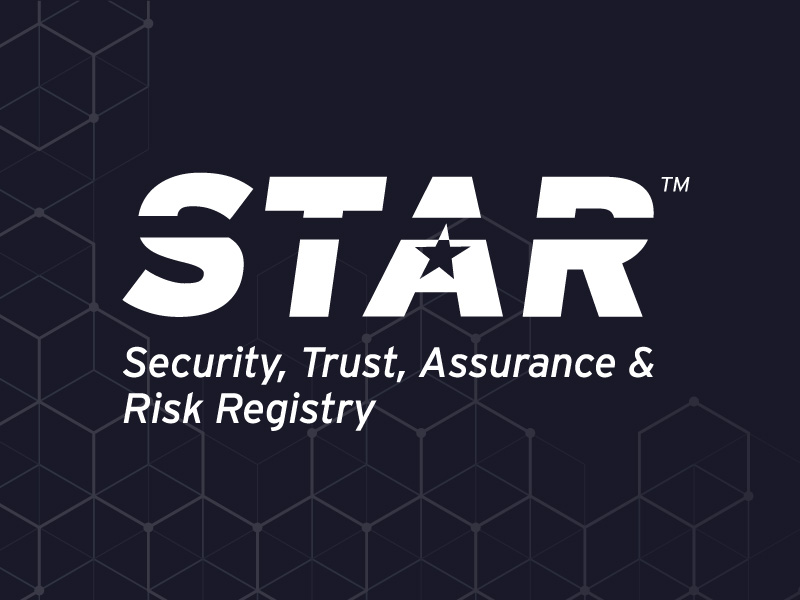The Evolution of Data Security: From Traditional DLP to DSPM
Published 04/18/2025
Overview
In today’s landscape of digital transformation, data security challenges continue to evolve, exposing organizations to new threats and compliance demands. Amidst these challenges, Data Security Posture Management (DSPM) has emerged as a powerful technology to help enterprises gain comprehensive visibility and control over their data security ecosystem. DSPM addresses a crucial need for enterprises to identify, assess, and protect sensitive data more effectively than traditional security methods allow, especially as organizations struggle to get a holistic view of their data’s security posture.
Data security has always been a paramount concern for enterprises. However, the rapid digitization of businesses and the increasing complexity of data environments have made traditional security measures inadequate. To address these challenges, a new approach to data security has emerged: Data Security Posture Management (DSPM).
What is DSPM?
DSPM is a comprehensive approach to managing and securing an organization's data assets. It involves gaining visibility into data, assessing its security posture, and implementing measures to protect it from threats. By automating data security workflows, DSPM enables organizations to proactively identify and mitigate risks, ensuring that data is always protected.
Why is DSPM important?
The importance of DSPM can be underscored by its ability to address the following critical use cases:
- Data Discovery and Classification: DSPM solutions continuously scan for data across environments to create a comprehensive inventory, tagging and classifying data based on sensitivity, risk level, and compliance requirements. This visibility ensures that organizations know precisely what data they hold and where it resides.
- Access Governance: Understanding who has access to sensitive data is a cornerstone of DSPM. By analyzing permissions and monitoring access patterns, DSPM helps organizations enforce least-privilege access policies and ensures compliance with data protection regulations.
- Risk Analysis and Security Posture Assessment: DSPM continuously evaluates security posture by analyzing data vulnerabilities, misconfigurations, and access anomalies. This ongoing assessment provides real-time insight into risks, allowing organizations to prioritize and address vulnerabilities as they arise.
- Automated Remediation and Policy Enforcement: DSPM solutions enable automated policy enforcement to promptly address security and compliance issues. Whether by adjusting access controls or encrypting sensitive data, automated workflows ensure that risks are addressed efficiently without requiring constant manual oversight.
The Role of SSE in DSPM
Integrating DSPM with Security Service Edge (SSE) Solutions
Recent DSPM acquisitions by major SSE players, like Palo Alto Networks' purchase of DiG Security, suggest that organizations expect to see DSPM as part of a comprehensive security offering. As more vendors integrate DSPM into their SSE suites, a fully combined SSE-DSPM solution becomes more appealing for companies looking to consolidate and streamline their security operations.
An effective DSPM implementation benefits from a Security Service Edge (SSE) platform, which provides supporting capabilities such as Cloud Security Posture Management (CSPM), SaaS Security Posture Management (SSPM), User and Entity Behavior Analytics (UEBA), and real-time activity monitoring. As more vendors integrate DSPM into their SSE suites, a fully combined SSE-DSPM solution becomes more appealing for companies looking to consolidate and streamline their security operations.
These functionalities enhance DSPM by offering:
- CSPM and SSPM: These capabilities extend DSPM’s reach by continuously evaluating and remediating misconfigurations in cloud infrastructure and SaaS applications. This integration allows organizations to enforce data security policies across diverse cloud services seamlessly.
- UEBA and Activity Monitoring: By analyzing user behavior and monitoring data activity, DSPM can detect unusual patterns that may indicate insider threats or compromised accounts, providing an added layer of security.
- On-Demand Data Scanning: This feature allows organizations to initiate targeted scans when new data is introduced into their environment, maintaining real-time visibility and protection of sensitive information.
These SSE-backed features empower organizations to extend DSPM beyond basic data monitoring, allowing for more in-depth data protection and risk management.
Emerging Role of AI in DSPM: AI Security Posture Management (AI-SPM)
As enterprises increasingly incorporate AI services, an emerging sub-field—AI Security Posture Management (AI-SPM)—has evolved to address unique risks posed by AI. AI-SPM focuses on visibility and control over how enterprise data interacts with AI models, preventing sensitive information from being inadvertently processed by unvetted or unprotected AI services. AI-SPM offers:
- Visibility of AI Interactions: AI-SPM monitors data usage across various AI services, ensuring compliance with data security policies.
- Data Risk Analysis in AI Workflows: By assessing how data is handled in AI workflows, AI-SPM identifies risks such as unauthorized sharing or storage, ensuring sensitive information remains protected.
Why SSE Providers are Well-Positioned to Extend DSPM Capabilities
SSE providers are strategically positioned to offer DSPM capabilities due to their expertise in data visibility, compliance, and threat detection across hybrid and multi-cloud environments. By leveraging existing SSE components like CSPM, SSPM, UEBA, and activity monitoring, these providers can seamlessly integrate DSPM, providing enterprises with a single, cohesive security architecture. This integration enables organizations to embark on their DSPM journey without the need for extensive deployment of new tools, streamlining the path to a stronger, more unified data security posture.
Conclusion
DSPM is a critical component of a comprehensive data security strategy. By understanding the core principles of DSPM and leveraging advanced technologies like SSE and AI-SPM, organizations can effectively protect their valuable data assets.
Unlock Cloud Security Insights
Subscribe to our newsletter for the latest expert trends and updates
Related Articles:
When OAuth Tokens Go Rogue: Lessons from the Salesloft–Drift Breach
Published: 10/08/2025
What Does Quantum Computing Mean for MFT?
Published: 10/07/2025






.jpeg)

.jpeg)
.jpeg)